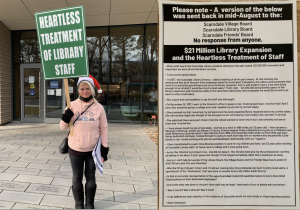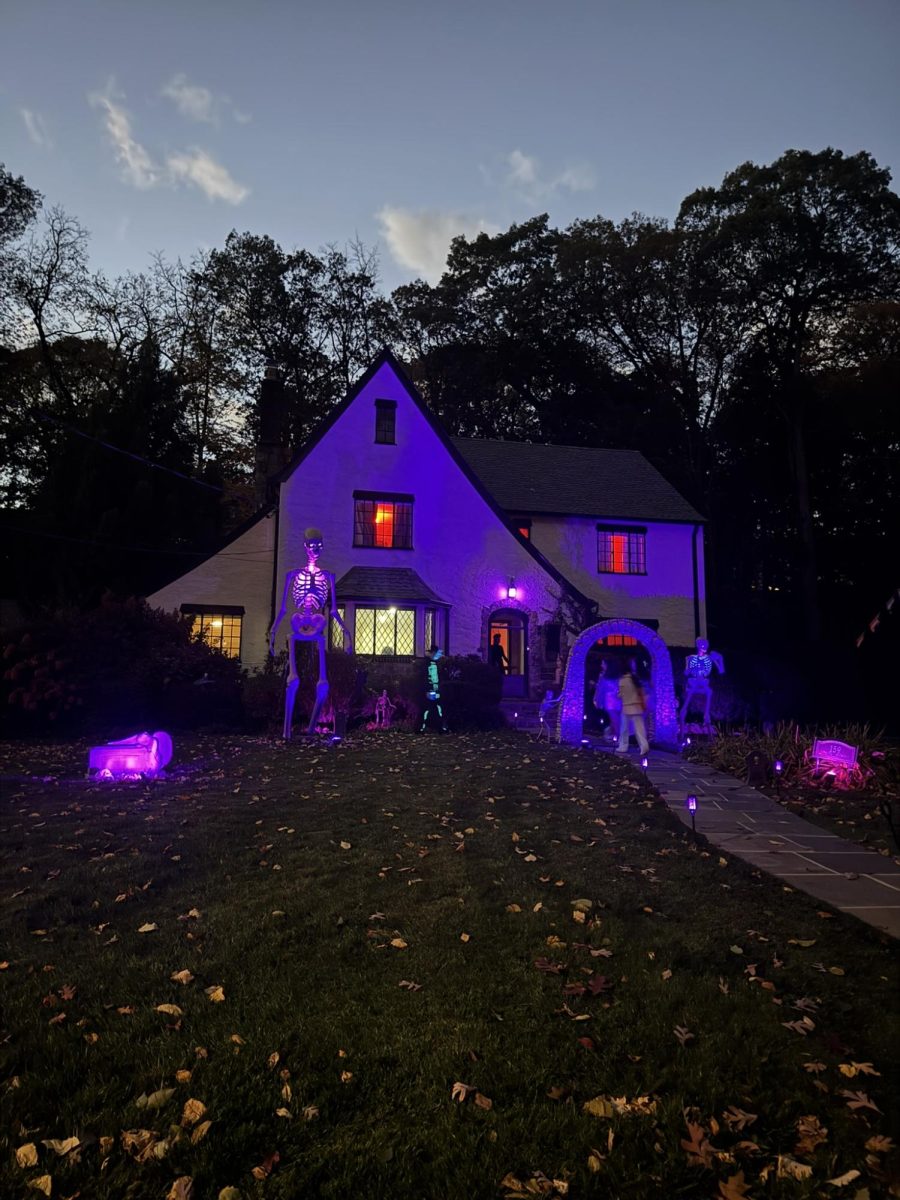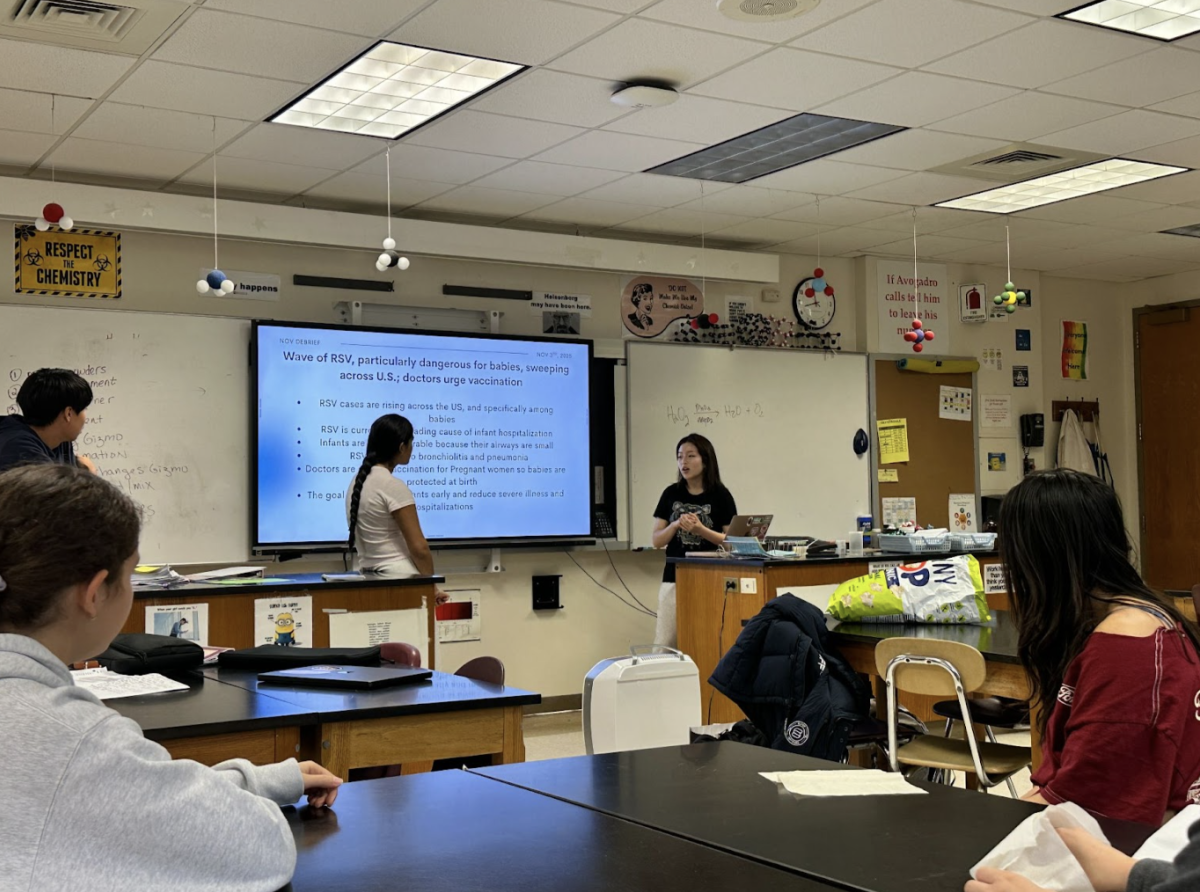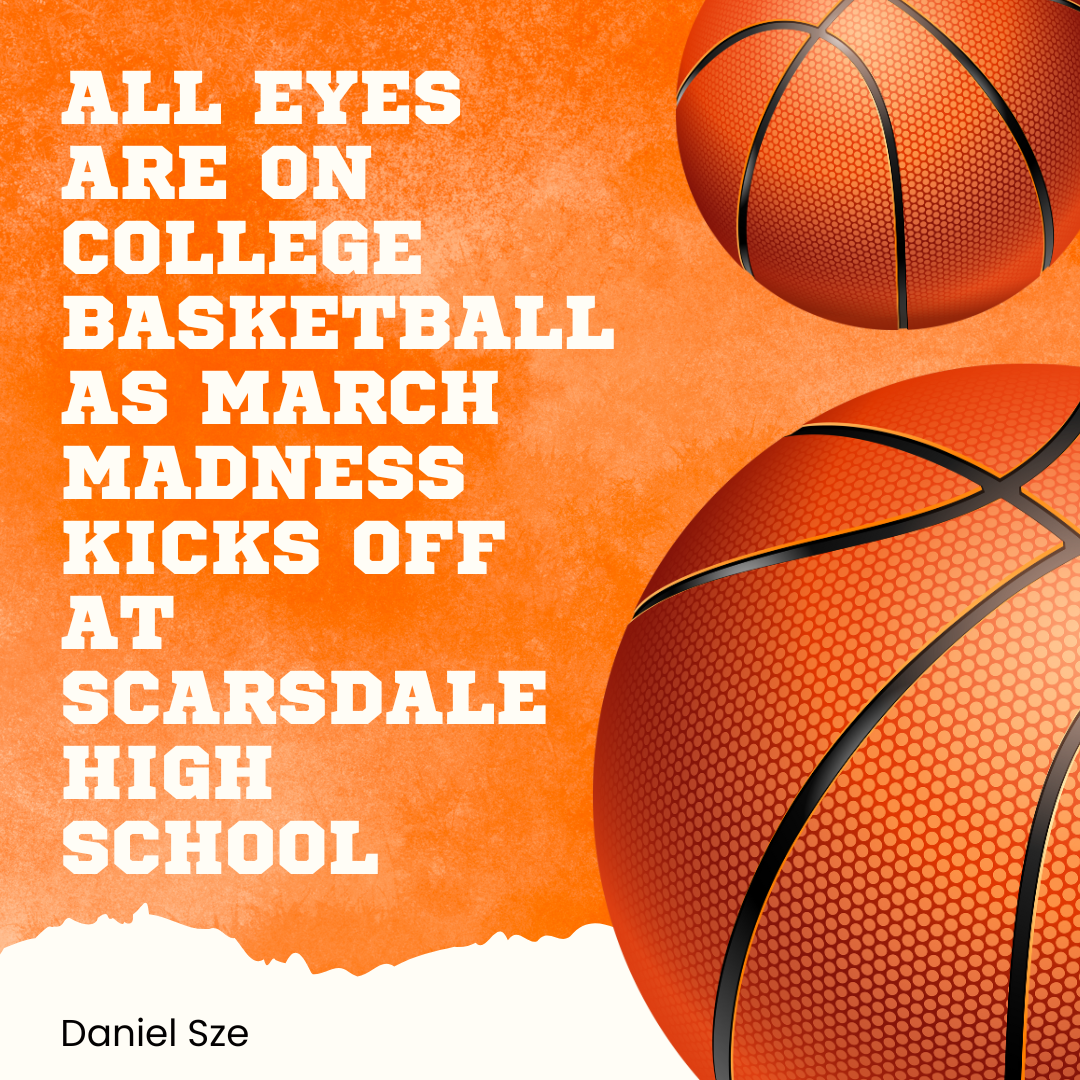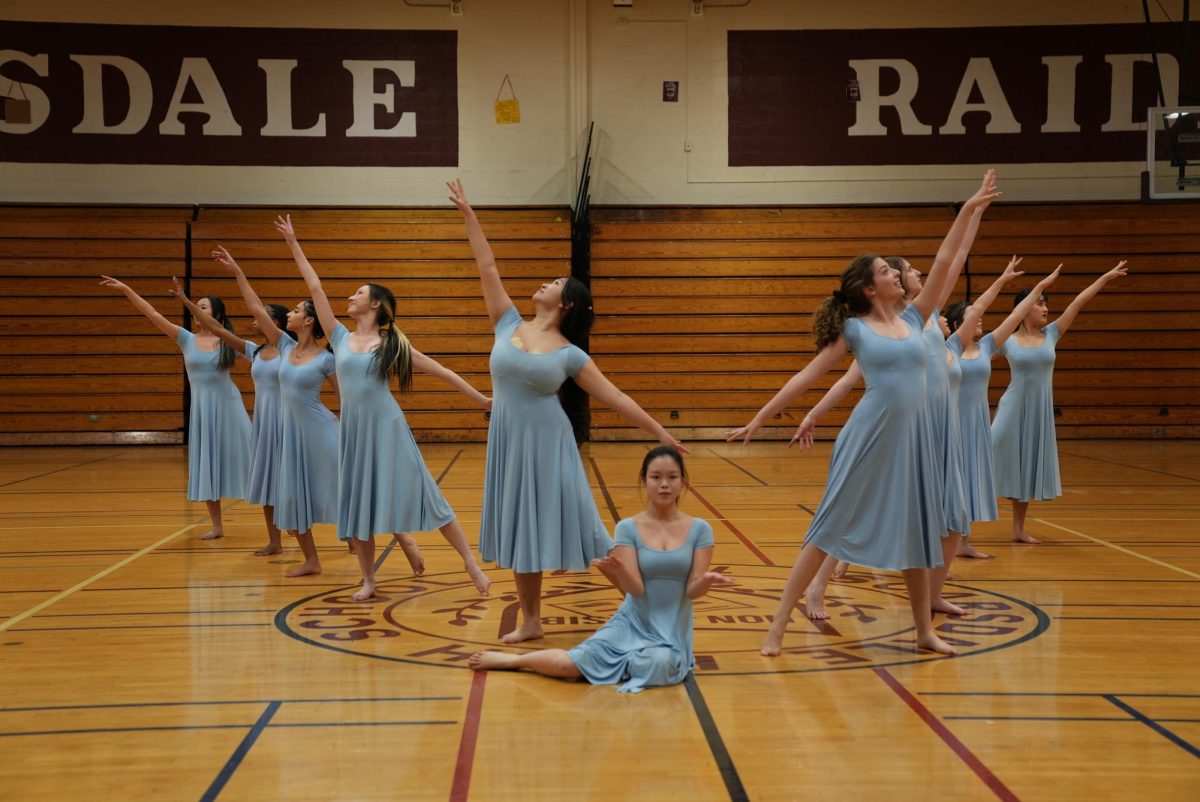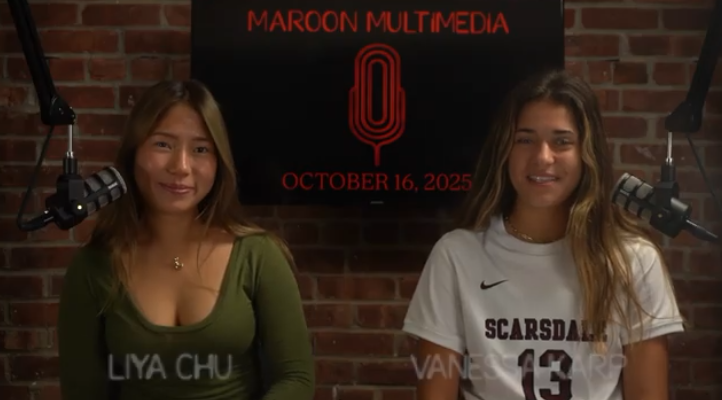The Cliqueyness of Chalking
September 12, 2017
The last time most SHS students drew with sidewalk chalk, they were most likely at their elementary schools’ playground, still wearing velcro shoes. But once a year, the senior class is encouraged to embrace a childlike spirit by breaking out buckets of chalk and letting their artistic skills show by decorating the Brewster entrance of SHS during the first week of school. “Chalking” is a longtime tradition at SHS that many students have looked forward to since their freshman year. Unfortunately, chalking has transformed into a sort of social competition that promotes “clique culture” and segregation rather than class unity. Though chalking officially starts 7 a.m., in recent years students have shown up hours before or even camped out the night before in an effort to get the coveted middle spot of the Brewster entrance. Tension among seniors has not only been caused by location strifes, but also by who one does chalking with. Often chalking becomes a “friend group” only activity whereby exclusion is common and those without a set “friend group” are left feeling dejected from their classmates and unwilling to participate.
In order to combat the cliqueyness of chalking, past and current senior class governments have implemented several initiatives to make the senior tradition something all students could enjoy together. A few years ago, the senior class government decided to make the center square of the Brewster entrance a grade wide drawing that anyone could help decorate, not just whoever got to the spot first. However, the issue of “clique only” chalking still prevailed. This year, the senior class government highly discouraged students from writing their names or initials anywhere on their personal drawing. Instead, the initials of every senior were written around the class government’s large “SEN18RS” drawing in a hope to encourage students to show school pride and unity.
While the senior class was largely successful in preventing the writing of names and initials, clique culture was still clearly present during chalking. Each drawing was made by a specific friend group, demonstrating a sense of segregation and cliquishness. Students who did not feel they had a friend group to chalk with felt too intimidated or embarrassed to even show up to the event. The school and class government have made enormous strides in eliminating clique culture but chalking, like many SHS traditions, proves that cliques are still very much a part of the school’s culture.



